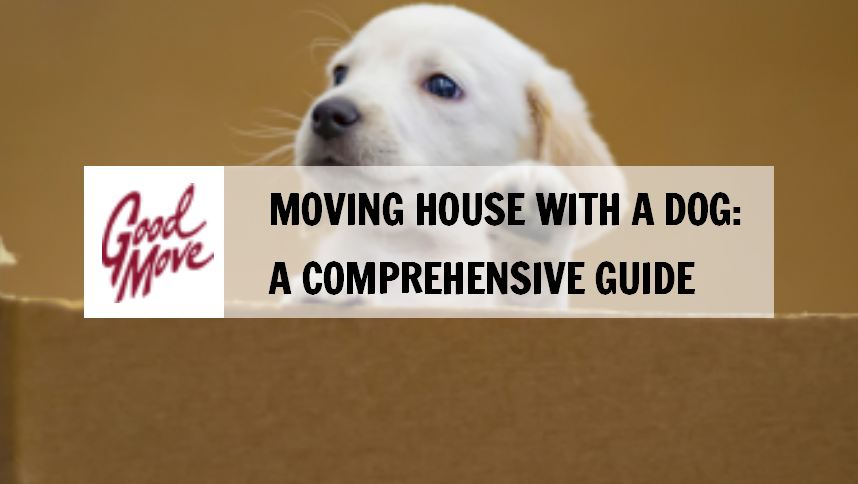
Moving House with a Dog: A Comprehensive Guide
Moving to a new house can be a stressful time for both you and your dog.
Owners have all the worries of moving to a new home as well as fretting about how their companion will cope with the move.
One big worry is that dogs are creatures of habit.
Their routines may be drastically changed before, during and after a move has taken place.
If you are not moving very far away there is the added worry that your dog may run away!
There are several steps that can be taken to ensure your good boy is as happy as possible during a move.
Here is the comprehensive guide to moving house with a dog:
Table of Contents
Before you Move
Follow these important guidelines to ensure your dog is comfortable before moving.
Routines
Dogs become very used to their daily routine.
It is vital to maintain as much normality as possible when preparing for a move.
They are very perceptive and know what to expect on a day to day basis.
This includes when they will be left alone, when they will be fed and when they will be walked.
Ensuring these strict routines will give your dog comfort during an often hectic time.
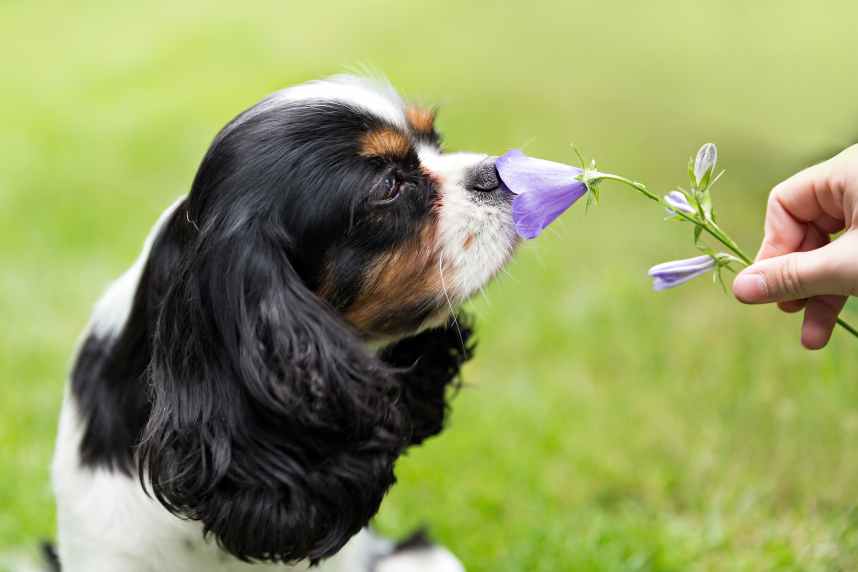
Use Pheromones
Pheromones are the way that many animals, including cats and dogs, communicate with each other.
Certain pheromones will send different messages to your dog.
Dog appeasing pheromones (DAP) are the chemicals released by female dogs when they have recently had puppies.
They help to calm the puppies, ensuring they feel safe in their environment.
Amazingly, these pheromones have a similar calming impact on adult dogs alike.
DAP diffusers that plug into an outlet can slowly release these calming signals to your dog, putting it at ease.
It is recommended that these are introduced at least a day before the big move and can have a significant impact.
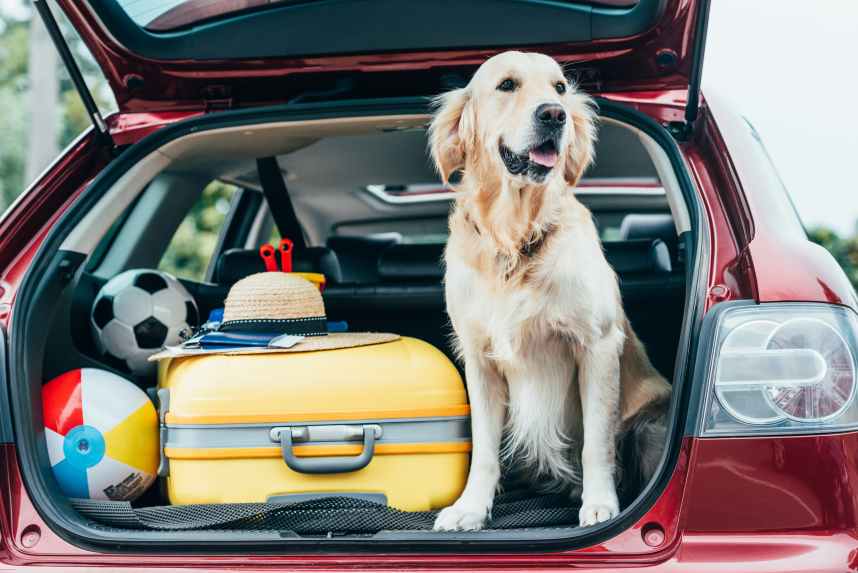
Travelling with a Dog
Unlike many other pets, lots of dogs are familiar with travelling in a car.
However, if your dog doesn’t enjoy travelling, there are some steps to help.
If your dog experiences travel sickness, speak to your vet.
They are often able to prescribe travel sickness medication that will prevent your companion from feeling nauseous.
Some dogs just don’t like cars!
Whilst behavioural issues aren’t as easy to overcome, there are strategies to help.
Introducing a ‘safe space’ in the car, often a crate, should help put your dog at ease.
If this doesn’t help you can follow these other strategies.
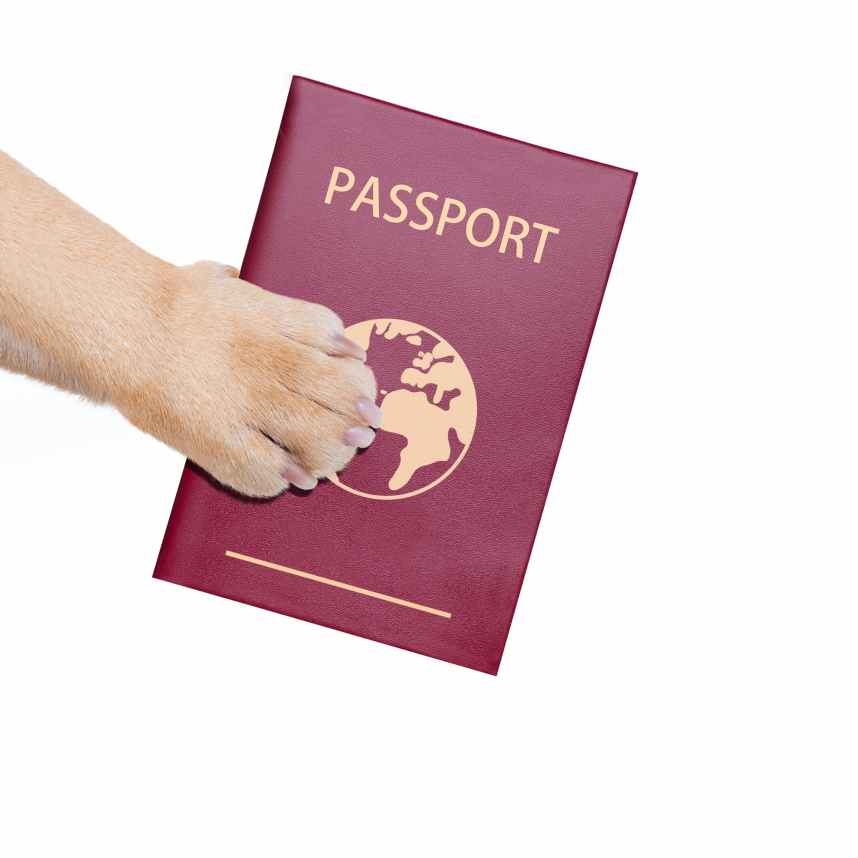
Taking your Dog Abroad
Taking your dog to another country requires you meeting various criteria.
This is all dependent on the country you are moving to, so make sure you check these well in advance.
With moving to the EU becoming a more complicated process, the government is advising to start the processing of moving animals at least four months before you travel.
It is certainly advisable to begin planning early to ensure you don’t get caught out.
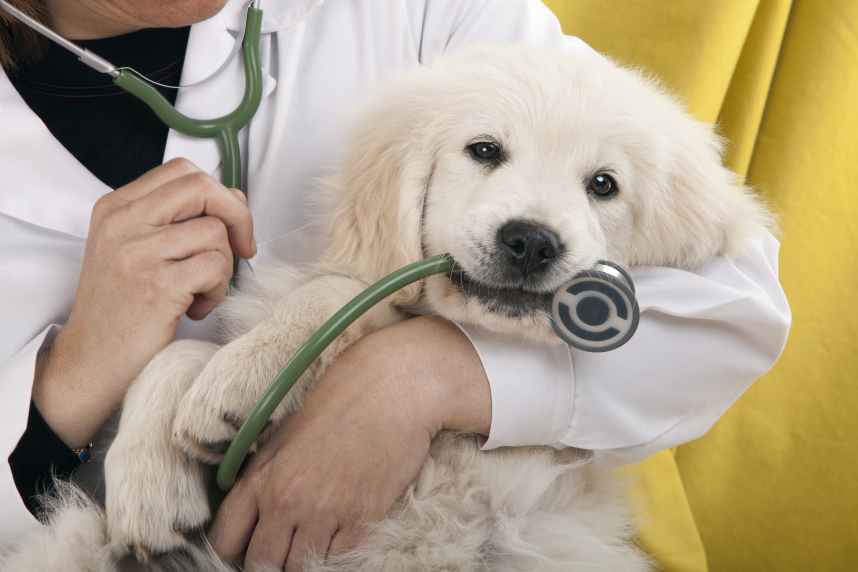
Register with a Local Vet
Ideally you should register with a local vet before you move, or very shortly after.
Moving to a new environment with a plethora of new sights and smells means it is easy for your dog to have an accident.
Whilst this is certainly not what anyone wants to happen, you must be prepared!
Hopefully you won’t need to use them anytime soon, but at least you can put your mind at rest.
Update Microchip
Another worst-case scenario, there will be lots of opportunity for your dog to go an adventure when moving to a new house.
Open doors can’t be avoided when moving in and a new environment to explore will certainly make your dog follow its nose.
Ensuring your dog’s microchip information is up to date before moving will safeguard you should the worst happen.
We hope it doesn’t!
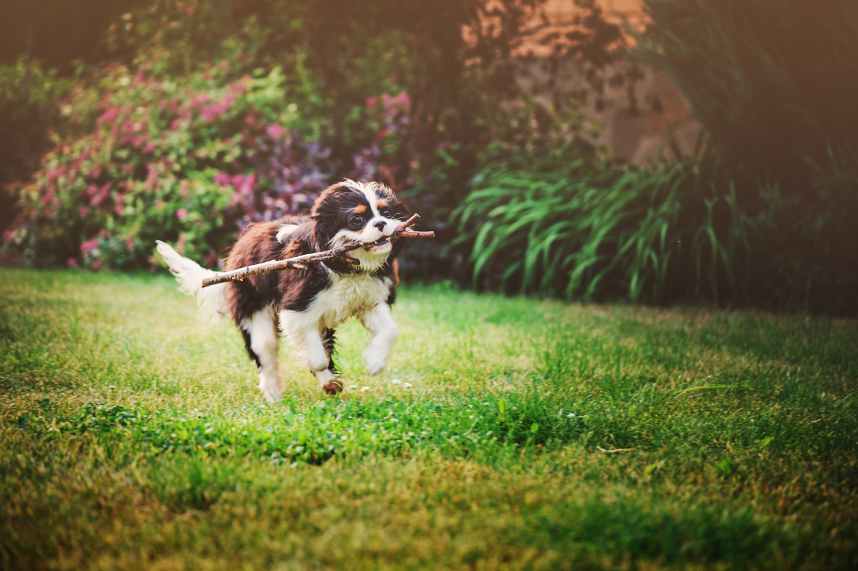
Check your new Garden
Your new garden is your dog’s playground.
If possible, you should have a thorough sweep of the area, ensuring there are no hazards.
You should also check for holes in your new fence or any other ways your dog could escape.
If this isn’t possible, make sure you keep your dog in a safe space in the house.
Moving Day
Its finally the big day.
You have followed all the steps to ensure your dog is prepared and as happy as possible.
There will be so much going on, it is vital to ensure you still consider your pet.
Here are some things to consider on the day itself.
Leaving your Dog with Someone
If it is at all possible, leaving your dog with a friend, family member or even in a kennel may be for the best.
We never want to be separated from our ball of joy.
However, leaving your companion somewhere they will feel comfortable will be the least stressful option for them.
Once you have gone through the stress of moving and made sure everything is shipshape it will be a much calmer environment.
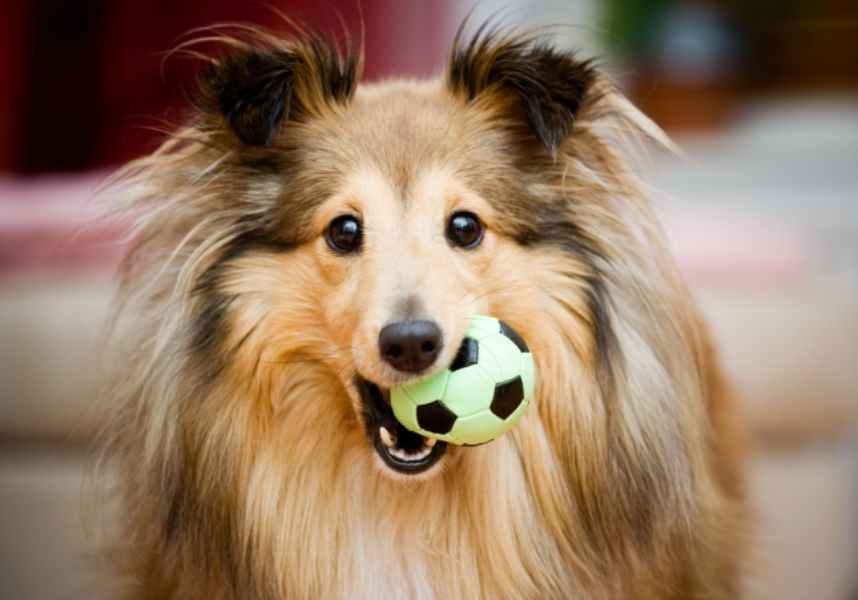
Make a Safe Area
If a friend or kennel is not an option, then designate a ‘safe area’ in your new home.
Make sure to keep your dog in this area with everything it will need to make it as comfortable as possible.
This will include things such as food, water, toys and treats.
Not only does this keep them safe and out of the way, it will allow them to be comfortable in their new environment.
If they are in an area just for them, they will be separated from loud noises, removal men and new smells.
This means they are less likely to run out of an open door if they see something new or feel scared.

Routine
Don’t worry, this isn’t Déjà vu.
Making sure your dog’s daily routine is as normal as possible will really help.
Whilst this certainly won’t be possible, making sure everything is as familiar as it can be will settle your dog nicely.
This again, includes when they will be left alone, when they will be fed and when they will be walked.
Scent Swap
Scent and smell are essential for dogs.
It is a key way for them to identify what is theirs and will make their either at ease or uncomfortable.
It is advisable to clean your new house thoroughly, especially if you know another dog used to live there.
Another good way of spreading scent is to introduce the dog’s items first, making them not only comfortable in the environment but also with the smells.
You can also rub a cloth around your dog’s face and then onto any new furnishing and other areas of the new house.
This may sound a little strange, but it will really help them identify that the new house is their home!
Post Moving Day
You’ve happily settled into your new home.
Everything is unpacked and its beginning to feel like home.
All that is left is to keep a close eye on your dog for the coming months.
Exploring
Once your new home is secure, allow your dog to explore the new environment on their own terms.
For more nervous dogs, accompanying them on this tour can be comforting.
It may take some time for your good boy to feel at home.
They may be acting a little different than they would normally, don’t fret, once they are comfortable you’ll know!
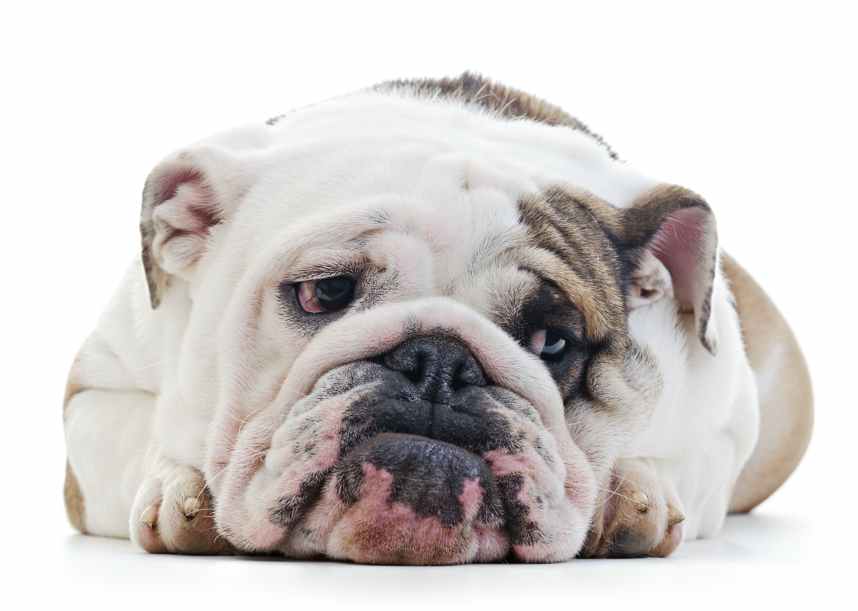
Expect Accidents
I know, we already said to watch out for your clumsy companion in a new environment, recommending registering with the local vet.
You should also expect the other sort of accident.
It may feel like all the toilet training you have done has been undone!
Don’t worry, this is very common, the stress of the new home can be too much for some pooches.
Be patient, showing them where they should go and reward them when they get it right.
In some cases you may have to retrain your dog, but they’ll get there eventually!
Running Away
Whilst this is usually a bigger problem for cat owners, some dogs may find adjusting to their new home difficult.
This is most common in dogs when you haven’t relocated very far.
If your dog is familiar with the area, they may have the urge to go back to their old home.
Ensuring the new owners have your contact details and are aware of your dog are certainly advisable.
Make sure to pay attention to your dog.
There is often lots going on post moving, making sure your dog is happy should help prevent it running back ‘home.’

Ready to Start Moving House with a Dog?
Hopefully, the above article has calmed some of your fears about moving to a new house with your dog.
We have also produced an article helping cat owners get ready to move house, which can be found here.
GoodMove are here to help you move safely and stress-free. We have over 35 years’ experience handling removals throughout the UK and Europe.
Our customer-driven approach to removals has earned us critical acclaim. We believe our written testimonials, which can be found on Reference Line, are our testament to the service we deliver.
We also offer flexible self-storage options to our customers either as part of a tailor-made removals package or as a standalone service.
To find out how GoodMove’s removals service can work for you don’t hesitate to contact us on the number listed above or use the quick quote form.
Get a Quote
Recent Posts
- When to Book a Removals Company in Essex – Expert Advice & Timelines 10th Jul 2025
- How to Prepare for a House Move in Essex – A Step-by-Step Guide 03th Jul 2025
- Your 4-Week Moving Countdown: Avoiding the Last-Minute Rush 26th Jun 2025
- GoodMove’s Stress-Free Guide to Moving House This Summer 18th Jun 2025
- Moving & Packing Tips You Need To Know When Moving House 12th Jun 2025
- Moving to Spain: Your Ultimate Guide for 2025 05th Jun 2025
- 9 Best Essex Coastal Towns to Live or Visit 29th May 2025
- 8 Reasons to Start Living in Sittingbourne in 2025 21th May 2025
- Living in Chigwell – Essex Golden Triangle Area Guide 15th May 2025
- 7 Great Reasons to Start Living in Herne Bay 08th May 2025
- 9 Great Reasons to Start Living in Faversham 30th Apr 2025
- Living in Buckhurst Hill – Essex Golden Triangle Area Guide 24th Apr 2025
- Living in Colchester – 15 Reasons to Move to Essex 16th Apr 2025
- Moving to Australia – 24 Must Know Facts 10th Apr 2025
- 13 Best Villages to Live in Suffolk 02th Apr 2025
- How to Select the Best Removals Company in Colchester 26th Mar 2025
- Living in Clacton on Sea – 7 Reasons to Move to the Essex Coast 19th Mar 2025
- The Definitive Guide To Home Removal Surveys And How To Get An Accurate Quote 13th Mar 2025
- 11 Prettiest Villages to Live in Essex 06th Mar 2025
- First-Time Movers’ Guide: Essential Tips and Tricks for a Successful Relocation 26th Feb 2025

